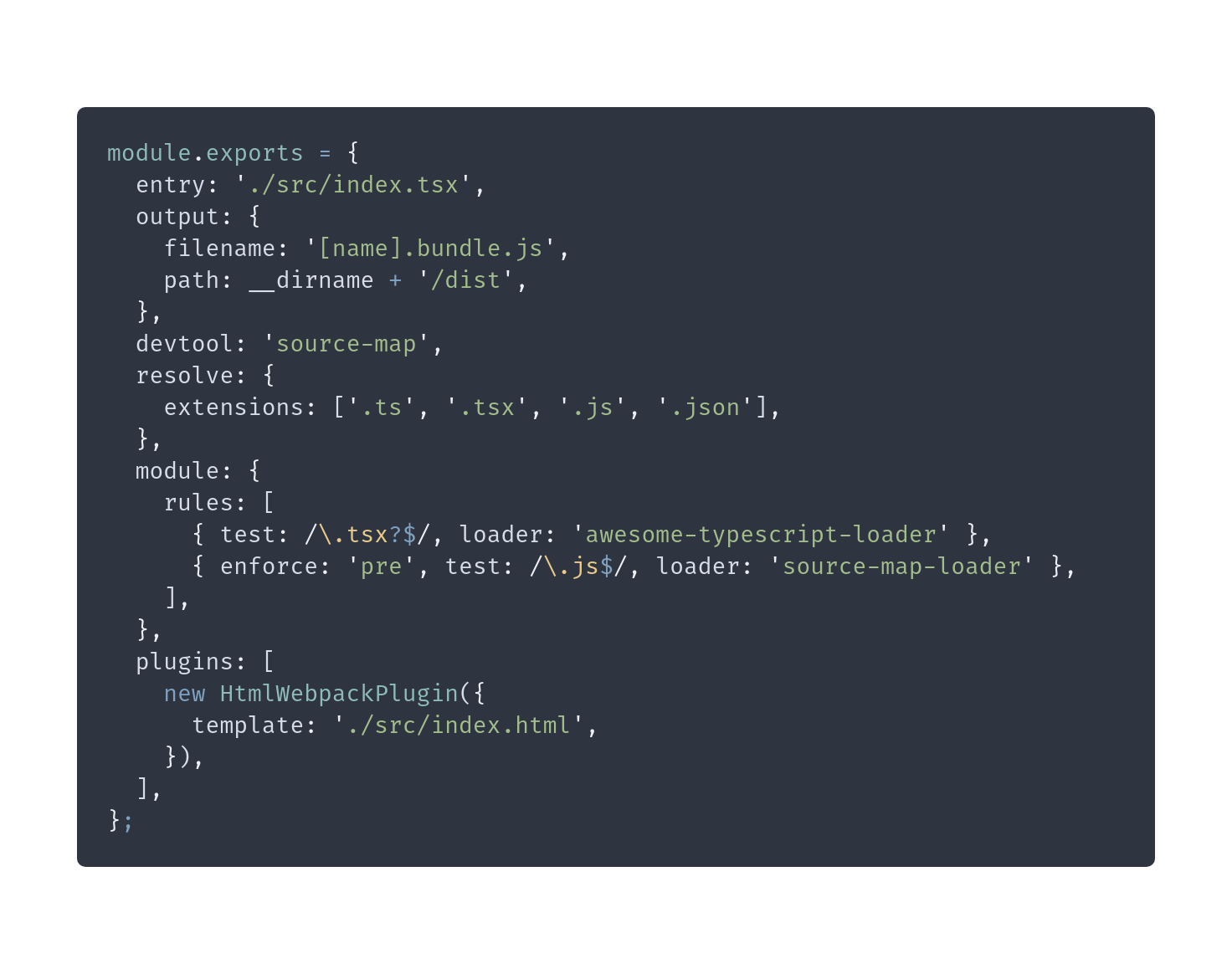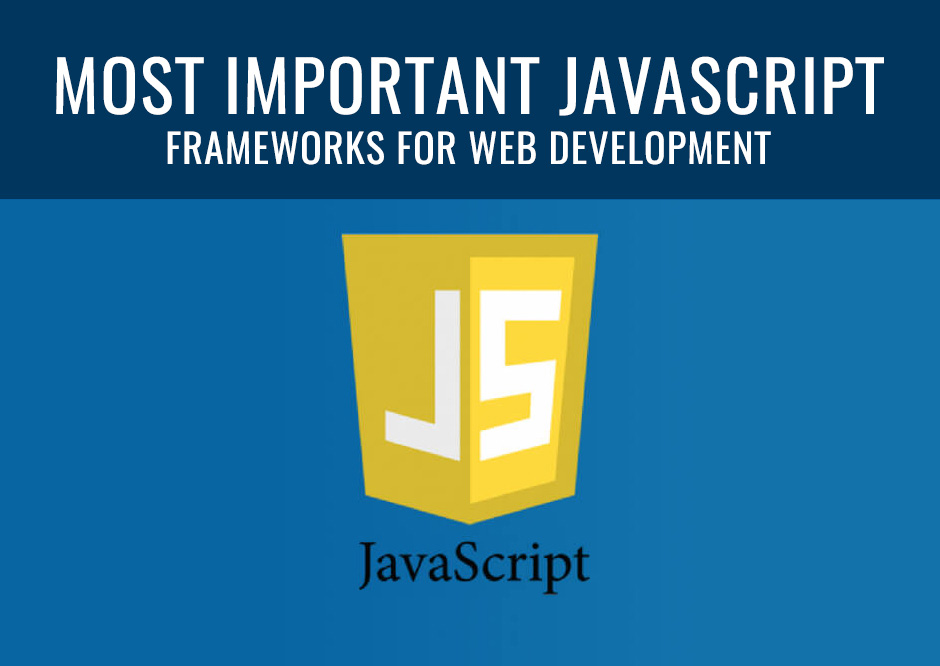JavaScript is one of the core technologies behind every interactive website and a must-have skill for front-end developers. Whether you’re just starting or you’re a seasoned developer looking to expand your toolkit, understanding how much JavaScript you need for front-end development is crucial.

What Is the Role of JavaScript in Front-End Development?
JavaScript plays a critical role in modern web development. While HTML provides the structure and CSS styles the elements, JavaScript is what brings websites to life. It’s the language that allows users to interact with websites through things like:
- Dynamic content loading: Auto-refreshing sections or loading new content without refreshing the entire page.
- Form validation: Preventing users from submitting invalid data.
- Animations and visual effects: Sliders, hover effects, and interactive graphics.
- Interactive elements: Such as modals, dropdown menus, and responsive navigation bars.
As a front-end developer, your job is to ensure that a website looks good, functions correctly, and delivers an intuitive user experience. JavaScript is a key tool that enables this interactivity.
Why Front-End Developers Need JavaScript
In today’s web development landscape, JavaScript is non-negotiable. It has become the standard for building rich, interactive, and responsive web applications. Here’s why front-end developers need JavaScript:
- Responsiveness: JavaScript enables real-time changes to web pages without requiring a page reload.
- Interactivity: It adds interactive features, such as buttons, forms, image sliders, and games, that create a more engaging user experience.
- Front-End Frameworks: Many of the most popular frameworks used in web development, such as React, Vue.js, and Angular, are built on JavaScript.
- User Experience: JavaScript allows developers to enhance the user experience by handling asynchronous actions like background loading, form submissions, and more.
Here’s a simple analogy: If HTML is the foundation of a house, and CSS is the paint and décor, then JavaScript is the electrical system that powers everything, from lights to appliances.
The Key Components of a Front-End Web Application
| Component | Technology Used | Role |
|---|---|---|
| Structure | HTML | Provides the basic layout |
| Styling | CSS | Adds design and style |
| Interactivity | JavaScript | Enables dynamic content and interactions |
| Frameworks | JavaScript (React, Angular) | Builds scalable and reusable components |

Basic JavaScript Knowledge for Front-End Developers
When starting out as a front-end developer, having a firm grasp on the basics of JavaScript is essential. These foundational concepts will form the backbone of your ability to create interactive and responsive websites.
What Are the Core JavaScript Concepts Every Front-End Developer Should Know?
For front-end development, a solid understanding of JavaScript fundamentals is required to make even the simplest of websites interactive. Here are the core JavaScript concepts you need to grasp:
- Variables and Data Types
Variables are used to store data values, and JavaScript supports different data types such as numbers, strings, and booleans.
Example:let name = "John";
let age = 30;
let isDeveloper = true;
- Operators and Expressions
JavaScript uses various operators (e.g., arithmetic, comparison, logical) to perform operations on variables and data.
Example:let sum = 10 + 5; // Arithmetic
let isEqual = 10 === 5; // Comparison
- Functions
Functions are reusable blocks of code that perform a specific task. Mastering how to define and call functions is crucial.function greet() {
console.log("Hello, world!");
}
greet();
- Control Structures (Loops, Conditionals)
These structures allow you to control the flow of your code based on certain conditions or to repeat actions.- Conditionals:
if (age > 18) {
console.log("Adult");
} else {
console.log("Minor");
}
- Loops:
for (let i = 0; i < 5; i++) {
console.log(i);
}
- Conditionals:
- DOM Manipulation
The Document Object Model (DOM) allows JavaScript to interact with and manipulate HTML elements dynamically. For example, you can change the content of a webpage or update the styling of an element based on user actions:document.getElementById("myElement").innerHTML = "New Content!";
- Events
JavaScript is event-driven, meaning you can respond to user interactions such as clicks, form submissions, or keyboard inputs.
Example:document.getElementById("myButton").addEventListener("click", function() {
alert("Button was clicked!");
});
How Much JavaScript Is Needed to Get Started?
As a beginner in front-end development, you don’t need to be an expert in JavaScript to start building small projects. A basic understanding of the following will be enough to create simple, interactive websites:
- Variables: Storing and manipulating data.
- Functions: Reusable code blocks for common tasks.
- Loops and Conditionals: Controlling the flow of your program.
- DOM Manipulation: Dynamically updating the webpage based on user actions.
- Event Handling: Responding to user inputs such as clicks and keystrokes.
Example Project:
With just these fundamentals, you can build a small project like a to-do list app, where users can add tasks, mark them as completed, and delete them—all powered by basic JavaScript functionality.
Case Study: JavaScript in Action for Beginners
Let’s look at a real-world example where basic JavaScript knowledge was used to create an interactive feature on a website:
Project: Simple Image Carousel
A front-end developer used core JavaScript concepts to create an image carousel that cycles through images when the user clicks “Next” or “Previous”.
Features:
- Variables: Store the list of image URLs.
- Functions: Control the “next” and “previous” button actions.
- DOM Manipulation: Dynamically update the displayed image based on the current index.
- Events: Handle button clicks to change the images.
This simple example shows how basic JavaScript can significantly enhance user interaction on a website.

Intermediate JavaScript Skills for Front-End Development
Once you’ve grasped the basics, the next step is to move toward intermediate JavaScript skills. At this stage, you’ll need to understand more complex concepts that allow you to build more dynamic, efficient, and responsive web applications. These skills are essential for anyone who wants to grow as a front-end developer and tackle more challenging projects.
What Are the Essential Intermediate JavaScript Concepts?
Here are some of the key intermediate JavaScript concepts that front-end developers should know:
- Object-Oriented Programming (OOP) in JavaScript
JavaScript is an object-oriented language, meaning that much of its functionality revolves around objects and how they interact with one another. You should understand how to define classes, create objects, and use inheritance to make your code more modular and reusable.
Example:class Person {
constructor(name, age) {
this.name = name;
this.age = age;
}
greet() {
console.log(`Hello, my name is ${this.name}.`);
}
}
const john = new Person('John', 30);
john.greet();
- Asynchronous JavaScript
Asynchronous operations are critical for modern web development, as they allow certain tasks (like fetching data from a server) to happen without freezing the user interface. You need to be comfortable with:- Promises:
fetch('https://api.example.com/data')
.then(response => response.json())
.then(data => console.log(data))
.catch(error => console.error('Error:', error));
- Async/Await:
async function fetchData() {
try {
let response = await fetch('https://api.example.com/data');
let data = await response.json();
console.log(data);
} catch (error) {
console.error('Error:', error);
}
}
- Promises:
- Error Handling and Debugging
Effective error handling ensures your applications are resilient and user-friendly, even when something goes wrong. In addition, understanding debugging tools in modern browsers (like Chrome Developer Tools) is essential for identifying and resolving issues in your code. - Closures and Scope
A closure is a function that retains access to variables from its parent scope even after that parent function has finished executing. This is a slightly more advanced concept but one that is widely used in JavaScript development.
Example:function outerFunction(outerVariable) {
return function innerFunction(innerVariable) {
console.log(`Outer: ${outerVariable}, Inner: ${innerVariable}`);
};
}
const newFunction = outerFunction('outside');
newFunction('inside');
How Much JavaScript Is Required to Work with Front-End Frameworks?
Modern JavaScript frameworks such as React, Angular, and Vue are widely used in front-end development. These frameworks simplify the process of building complex web applications by providing reusable components and managing the state of an application efficiently. However, to effectively work with these frameworks, you need an intermediate level of JavaScript knowledge.
- React
React is a component-based library for building user interfaces. To work with React, you need to understand JavaScript concepts like:- ES6 features: Arrow functions, destructuring, and the spread operator.
- Components and Props: Passing data between components using props.
- State Management: Managing the state of your application using hooks like
useStateanduseEffect.
- Angular
Angular is a full-fledged framework that requires a deep understanding of TypeScript (a superset of JavaScript) and additional concepts like services, dependency injection, and two-way data binding. - Vue.js
Vue is another progressive JavaScript framework that makes it easy to create interactive UIs. Vue also uses components and a virtual DOM like React, but with a simpler learning curve. Core JavaScript knowledge is essential to leverage Vue’s reactivity and templating system.
Required JavaScript Knowledge for Popular Front-End Frameworks
| Framework | JavaScript Level | Key Concepts Needed |
|---|---|---|
| React | Intermediate to Advanced | Components, JSX, State Management, ES6 features, Hooks |
| Angular | Advanced | TypeScript, Services, Dependency Injection, Observables, Two-way Binding |
| Vue.js | Intermediate | Components, Directives, Reactive Data, Vue Router |
How Much JavaScript Is Needed for Frameworks?
You don’t need to be a JavaScript expert to start working with front-end frameworks like React or Vue. However, you should have a good grasp of intermediate-level concepts such as ES6 syntax, object-oriented programming, and asynchronous JavaScript. This will allow you to leverage the full power of these frameworks and create dynamic, scalable applications.
Case Study: Using React to Build Scalable Applications
Let’s look at a real-world example of using intermediate JavaScript skills with a popular framework like React:
Project: Building an E-commerce Website
In this project, a front-end developer used React to build a scalable e-commerce platform with features like a shopping cart, product listings, and user authentication. The developer utilized:
- Components to build reusable sections of the site (e.g., product cards, navigation bars).
- State Management to handle user actions, such as adding items to the cart or filtering products by category.
- Asynchronous JavaScript to fetch product data from a backend API and display it dynamically on the page.
This example shows how intermediate JavaScript knowledge, combined with a framework like React, can lead to the creation of a highly functional and interactive web application.
At this stage, you should have a deeper understanding of how much JavaScript is required for a front-end developer to take their skills to the next level and work with popular frameworks.

Advanced JavaScript Skills for Professional Front-End Developers
As you progress in your career, you’ll need to deepen your understanding of JavaScript to handle more complex tasks and build more robust web applications. Advanced JavaScript skills are necessary for large-scale projects, working with APIs, and developing single-page applications (SPAs).
Do You Need Advanced JavaScript Knowledge to Excel in Front-End Development?
Not every front-end developer needs to be an expert in advanced JavaScript, but having these skills can significantly increase your ability to tackle more challenging projects and boost your career prospects. Here are the key advanced JavaScript topics to master:
- Closures and Higher-Order Functions
Closures allow a function to access variables from its outer scope, even after that outer function has returned. Mastering closures is crucial for writing clean and modular code.
Higher-order functions, such as.map(),.filter(), and.reduce(), allow you to process and transform data arrays in more efficient ways.function outerFunction(outerVariable) {
return function innerFunction(innerVariable) {
console.log(`Outer: ${outerVariable}, Inner: ${innerVariable}`);
};
}
const newFunction = outerFunction('outside');
newFunction('inside'); // Logs: Outer: outside, Inner: inside
- Prototypes and the Prototype Chain
JavaScript is prototype-based, meaning objects inherit from other objects rather than classes (like in traditional object-oriented languages). Understanding the prototype chain and how to leverage it will allow you to create more efficient, reusable code. - Module Patterns
As applications grow in size, modularizing your code becomes increasingly important. You can use ES6 modules to import and export functions or variables between different files.
Example:// module.js
export const myVariable = 42;
export function myFunction() {
return myVariable * 2;
}
import { myVariable, myFunction } from ‘./module.js’;
console.log(myFunction()); // Outputs: 84 - Asynchronous Programming (Advanced)
You’ll need a deep understanding of async programming to manage tasks like AJAX requests or handling real-time data. Knowing how to work with promises, async/await, and error handling in asynchronous code is crucial.async function fetchData() {
try {
let response = await fetch('https://api.example.com/data');
let data = await response.json();
console.log(data);
} catch (error) {
console.error('Error fetching data:', error);
}
}
- Understanding JavaScript’s Event Loop and Call Stack
The event loop is the engine that drives asynchronous programming in JavaScript. Understanding how the call stack works in relation to the event loop helps you write more efficient and performant code. For example, when handling large datasets, you might need to defer tasks to avoid blocking the user interface.
How Much JavaScript is Required to Work with Modern JavaScript Libraries and Tools?
Beyond frameworks like React or Vue, there are countless JavaScript libraries and tools that a front-end developer should know. Understanding these tools requires more than just basic knowledge of JavaScript—it demands an advanced skill set. Here are a few:
- Webpack and Babel
Webpack is a popular tool for bundling JavaScript modules into a single file. It optimizes your code for production and can also handle tasks like minification and asset management. Babel allows you to use modern JavaScript features (like ES6) in older browsers by transpiling your code to a backward-compatible version. - jQuery and D3.js
While jQuery is less popular today due to modern frameworks, it is still widely used in legacy systems. Understanding how to manipulate the DOM efficiently with jQuery is useful for certain projects.
D3.js, on the other hand, is a powerful library for creating data visualizations. Knowing how to use D3 to create interactive charts and graphs is a valuable skill in data-driven projects. - ES6+ Features (Modern JavaScript)
Mastering ES6+ features such as destructuring, spread/rest operators, arrow functions, and template literals allows you to write cleaner, more efficient code. These features are widely used in modern libraries and frameworks.
Key Advanced JavaScript Concepts and Tools
| Concept/Tool | Description |
|---|---|
| Closures | Functions that retain access to variables from their scope |
| Prototypes & Inheritance | Objects inheriting properties from other objects |
| ES6 Modules | Modularizing code into reusable components |
| Async/Await | Handling asynchronous operations more cleanly |
| Event Loop & Call Stack | Understanding how JavaScript handles asynchronous tasks |
| Webpack/Babel | Tools for bundling and transpiling JavaScript |
| D3.js | Data visualization library |
Working with APIs and Single-Page Applications (SPAs)
APIs (Application Programming Interfaces) are essential for most modern web applications, enabling front-end developers to fetch and display data from external sources. To effectively use APIs, you must be proficient in handling HTTP requests and responses using JavaScript. Here’s how much JavaScript you need to know to work with APIs:
- Fetching Data
Using thefetch()API or libraries like Axios, you can retrieve data from an API and display it on your website. You’ll also need to handle errors gracefully and ensure that data is loaded asynchronously to avoid blocking the user interface.fetch('https://api.example.com/products')
.then(response => response.json())
.then(data => console.log(data))
.catch(error => console.error('Error:', error));
- Single-Page Applications (SPAs)
A Single-Page Application loads a single HTML page and dynamically updates the content as the user interacts with the app. SPAs rely heavily on JavaScript to manage the app’s state and update the view without reloading the page. Frameworks like React, Vue, and Angular are commonly used to build SPAs.
Case Study: Building a SPA with React
Project: Online Food Ordering System
In this project, the developer used React to build a single-page application for ordering food online. The app featured real-time menu updates, user authentication, and dynamic cart functionality—all made possible with advanced JavaScript and API integration. Key components included:
- Asynchronous API calls to fetch menu data and order statuses.
- State management to handle cart updates and user interactions.
- Closures and hooks to build reusable components like menu items and order forms.
This project highlights how advanced JavaScript skills, coupled with modern frameworks, can bring high-level functionality to web applications.
At this stage, mastering advanced JavaScript concepts can significantly enhance your ability to build powerful, scalable, and interactive web applications. These skills are essential for professional front-end developers working on large-scale projects or managing complex data-driven applications.